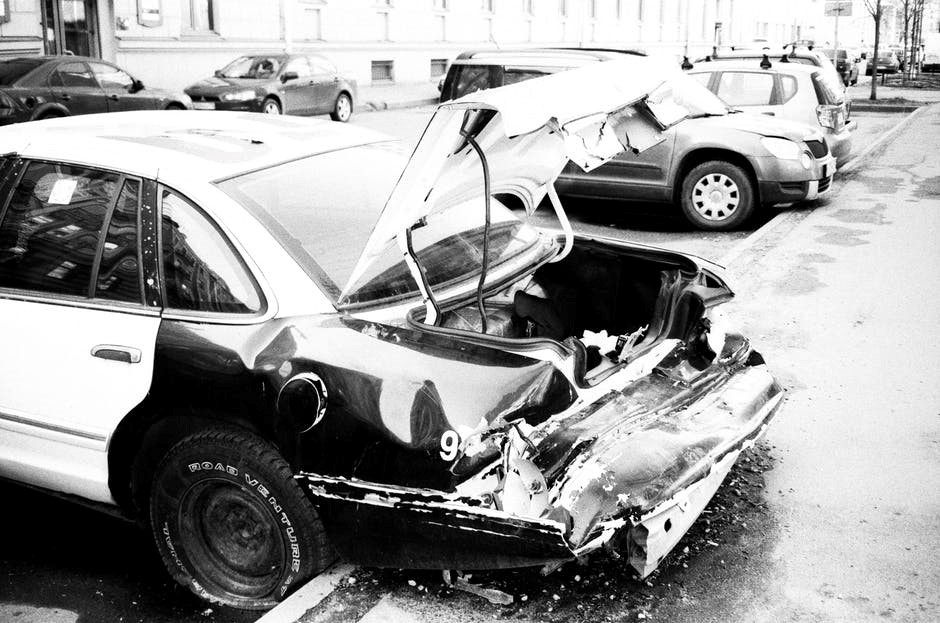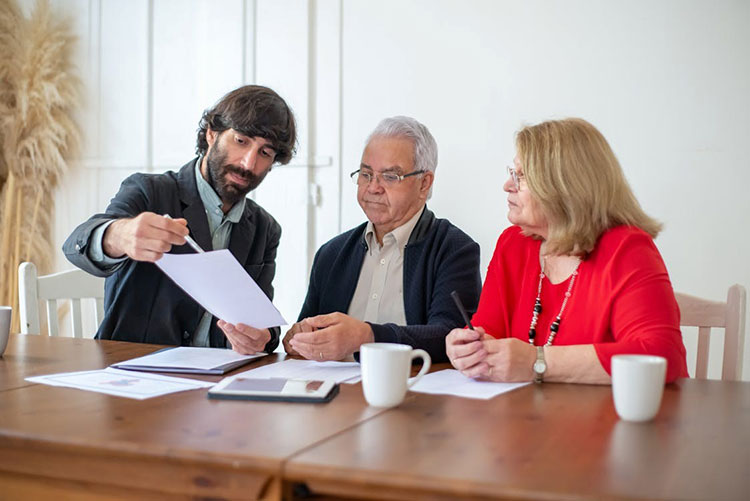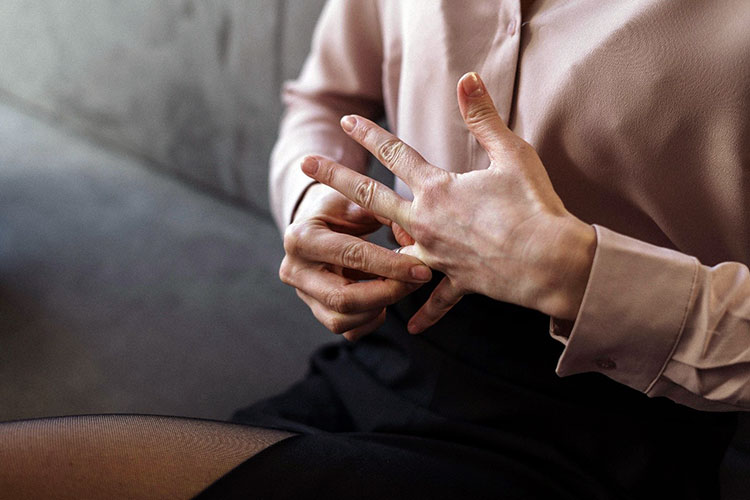
Magnuson Lowell Blog
Each week we post a blog about relevant legal issues. Glance through our various topics to learn more about a particular legal situation.
These articles are for limited informational purposes only and are not, nor are they intended to be, legal advice. You should not rely on this information for your case and should consult with an attorney for advice regarding your individual situation.
Most Recent Posts ...
Posted on: 3/31/2025
Posted on: 3/24/2025
Posted on: 3/17/2025
Posted on: 3/10/2025
Search All Blog Posts
Blog Post Archive Categories
- Reconciling After a Divorce Filing
- Dividing Retirement in Divorce - Do I Need a QDRO?
- Options for Dealing with Real Estate in Your Washington State Divorce
- Positive Thoughts After Losing a Family Law Motion
- Supervised Visitation for Washington Parenting Plans: What You Need to Know
- Filing for Immediate Restraining Orders in King County
- (Redmond/Criminal Defense) Time Matters for a DUI
- (Redmond/Criminal Defense) Field Sobriety Tests - What Not to Do
- (Redmond/Criminal Defense) - The (Redmond/Criminal Defense) - The Ability to Remain Silent
- Battling Father Time: Crafting Your Legacy with Precision
- Tips for Talking to Your Family About Your Estate Plan
- How to Choose Your Personal Representative for your Will
- What is a Trial Continuance in Washington State?
- Renewing a Domestic Violence Protection Order in Washington State
- Little Known Washington Driving Laws
- Divorce Mediation Tips for High-Conflict Couples
- Dealing with Small Business During a Divorce
- The Role of Financial Advisors in High-Asset Divorces
- Why Expediency is Important After Your Car Accident
- Understanding Independent Medical Examinations (IMEs) in Washington State
- It only takes 3 seconds...
- Gotta love our court system!
- (Redmond/Crazy Lawsuit) The Walking Dead: or Not!
- (Redmond/Crazy Lawsuit) Here Comes Football - and Litigation
- Honoring Our Heroes: A Thank You to All Who Have Served!
- Happy Halloween from Magnuson Lowell
- 10 Tips You Need To Know Before Getting On A Motorcycle
- Top 10 Tips You Need To Know Before Getting On A Motorcycle
- Top 10 Tips Riders Need To Know Before Getting On A Motorcycle
- In a Car Collision...Now What?
- Stop completely at all traffic signals. Unless you stop and full evaluate your circumstances, it is impossible to truly judge distance and speed of oncoming vehicles.
- Brake before you enter an intersection. This will give you the opportunity to glance left and right to check for oncoming vehicles.
- Take extra care at four-way stops. Some drivers just don’t pay attention, while other drivers are just inpatient jerks. As you accelerate into a four-way intersection, check the other vehicles to ensure another driver hasn’t jumped the gun.
- Even if you have the right-of-way pay extra attention around turns with limited visibility. Defensive driving is a key safety topic. If you can’t see other drivers, it’s likely they don’t know you’re driving toward them. A quick glance to the sides can prevent a collision.
T-bone vs. Rear-enders - A Crucial Difference
Over the past century, technology has made driving your vehicle immensely safer. While you may only see a plastic cover, vehicle manufacturers have spent millions of dollars making your car safer. Underneath the plastic lies reinforced steel, aluminum, fiberglass composite, or additional plastic along with a foam or “egg crate” used to compress and absorb the forces of impact. These vehicle parts have been thoroughly tested and manufactured to help protected you in the event of a motor vehicle accident. And, they do a great job. Many rear-end car accidents will result in mild injuries. However, the improved bumper technology and force absorption may prevent symptoms all-together.
 Unfortunately, in our system of convoluted roadways, you likely encounter vehicles driving perpendicular to your own car many times during your daily commute. A bumper is an incredibly important part of your car’s safety mechanisms, but unfortunately, your vehicle is not surrounded by bumper. So what happens if another driver decides to glance at his or her cell phone instead of at the stop sign ahead? Instead of colliding with the cushy bumper, the oncoming vehicle plows directly into the steel doors mere inches from your body.
Unfortunately, in our system of convoluted roadways, you likely encounter vehicles driving perpendicular to your own car many times during your daily commute. A bumper is an incredibly important part of your car’s safety mechanisms, but unfortunately, your vehicle is not surrounded by bumper. So what happens if another driver decides to glance at his or her cell phone instead of at the stop sign ahead? Instead of colliding with the cushy bumper, the oncoming vehicle plows directly into the steel doors mere inches from your body.
Herein lies a significant difference that many insurance companies fail to properly appreciate. When you’re involved in a rear-end collision, your body is certainly going to experience the forces of the collision. Your body will propel forward hopefully getting caught by the restriction of your seatbelt. In a T-bone collision, you’re a lot closer to the point of impact. Even with side airbags, you have a lot less protection from a broadside. And, not only can you experience a similar whiplash sensation – albeit perhaps more laterally, but the lack of a side bumper will create significantly more force on your spine.
With the increase in forces imparted on your body, there is certainly a likelihood of increased injury. In addition to typical neck, shoulder, and low back injuries, experience has established that more nuanced symptoms can present after a T-bone car accident, as well. With a side-to-side motion, your head is very likely to impact the window. Even slight impacts to the head can cause the brain to jostle causing symptoms ranging from simple headaches to a full-blown concussion (memory deficits, nausea, blurred vision, etc.). Knee pain – often resulting from patellar tendon tears – can originate from similar injuries when your knee crashes into the inside panel of your door. And, victims of T-bone collisions also often experience flank and rib pain typically caused by impingement as your body twists to the side.
Next time you’re out for a drive, here a few tips to avoid a T-bone accident.
T-bone car accidents can cause significant damage to your vehicle, but with the additional forces involved, they can also cause tremendous pain and limitation compared to a rear-end impact. Knowing the difference between these types of motor vehicle collisions can be a major boon while dealing with fickle insurance companies. An experienced personal injury attorney can help document these key issues and ensure the insurance adjuster takes your claim seriously. The Law Office of Magnuson Lowell PS will fight for your rights and help you get the justice you deserve.
Call today for a free consultation (425)885-7500




